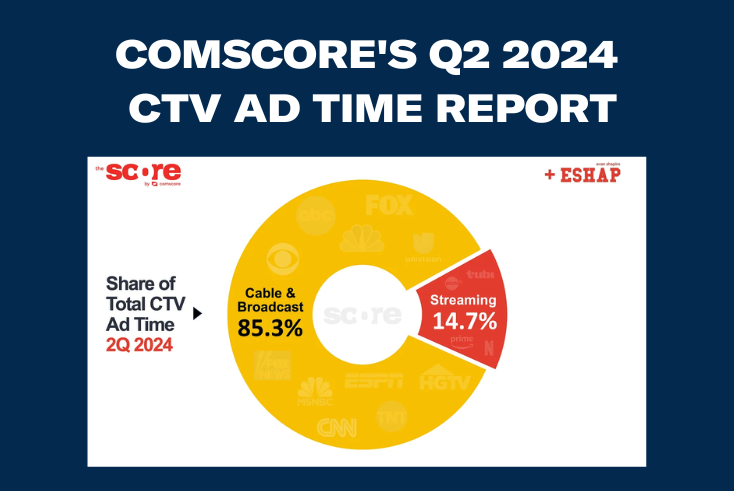Marketers’ trust in ads on X drops to historic low

A net 26% of marketing professionals surveyed by Kantar said they plan to reduce adspend on X in 2025 — the largest recorded pullback in expected spend for any media owner since the company began measuring marketer sentiment in its annual Media Reactions report in 2020.
The latest Media Reactions study also found that just 4% of marketers believe ads on X provide brand safety.
Google was rated the top ad platform for brand safety, although only a minority of marketers (39%) said it provided a brand-safe environment. The results suggest widespread concerns around brand safety across many platforms, although X stands out as being considered particularly brand-unsafe.
More generally, marketers’ trust in ads on X declined from 22% in 2022 to a historic low of 12% in 2024.
Downward trajectory
In the case of X, Gonca Bubani, Kantar’s global thought leadership director, media, told The Media Leader: “Brand safety is low, trust is low, receptivity is low, spend is decreasing. That seems pretty straightforward.”
Bubani stressed, however, that X’s downward trajectory with marketers preceded Elon Musk’s purchase of the platform in 2022: “It was already going down — not to this extent by any means, but it was always toward the end of rankings among marketers.”
This was confirmed by one paid social lead at a digital agency, who told The Media Leader that they have “spent very little (if any) on X/Twitter this year on behalf of clients”, adding that “admittedly Twitter has never a big channel for us, but in the last year or so there’s even less incentive to recommend it”.
The lack of incentive has been caused not only by the lack of effectiveness and brand safety on X, but also by Musk’s antagonistic posture to marketers. In the past year alone, he told advertisers to “go fuck yourself” and X filed a lawsuit against the Global Alliance for Responsible Media, drawing severe rebuke from the media industry.
Notably, when marketers were asked in the study whether they considered ads on a given platform innovative and trustworthy, X was perceived as neither. This stands in contrast to competitors like TikTok (perceived as most innovative) and YouTube (perceived as most trustworthy).
A spokesperson for X said: “Advertisers know that X now offers stronger brand safety, performance and analytics capabilities than ever before, while seeing all-time-high levels of usage. Our brand safety rate is on average 99% as validated by DoubleVerify and Integral Ads Science, which is reflected by the fact that the majority of advertisers are increasing their investment in X, as shown by Kantar’s data. We saw a surge in engagement during major events like the Euros and Olympics, where X enabled advertisers to connect with our highly influential and engaged audience during these key cultural moments.”
Kantar’s data does not show that a majority of advertisers are increasing their investment in X, but rather that a net balance say they will decrease their investment next year.

Marketers and consumers warm to ads on Netflix
Among individual media owners, Meta and Alphabet remained the top choices for marketers, according to Media Reactions, with YouTube, Instagram and Google ranking in the top three.
Notably, Netflix, which first launched ads on its service in 2022, climbed into the top five.
It follows a relatively slow start for Netflix’s ad proposition, when advertisers complained of overpriced CPMs. More recently, Netflix has committed to building a more robust ad product, such as through expanding the number of programmatic partners for advertisers to include not just Microsoft but also The Trade Desk, Magnite and Google’s Display & Video 360.
The streaming giant is also developing its own in-house adtech platform, which is expected to launch by the end of next year.
In particular, Kantar’s research found marketers valued Netflix’s brand-safe environment. As Bubani noted: “It is easier, to a degree, for a brand like Netflix to have brand safety because they curate their own content.”
Bubani said it was “expected” that Netflix would show up among consumer preferences for the first time given its relatively light ad load.
Netflix and the upfront story: A new character that leaves the audience wanting more
OOH rises in preference
Breaking down preferences by media channel, digital OOH (DOOH) topped the ranking for marketers, followed by sponsored events, online video, (standard) OOH and ecommerce.
On the other hand, consumers continue to prefer viewing ads in more traditional media, which Bubani suggested are “less intrusive” than many online formats. Point-of-sale ads are consumers’ top preference given their perceived usefulness, but other top-ranked channels include cinema, sponsored events, newspapers and OOH.

Overall, Kantar noted that ad receptivity more generally grew among consumers — 47% of consumers are now receptive to ads, up from 24% in 2020 and 38% just last year.
Bubani said this could be ascribed to growing receptivity for online video ads. “A decade or so ago, online video ads, gaming ads etc — only, like, 25% of people were positive towards them. Now it’s doubled.”
Kantar’s Media Reactions report is based on interviews with over 18,000 consumers in 27 markets and 1,000 senior marketers around the globe.
‘Weaponised’ litigation: Industry stands ground against X following GARM shutdown
This story has been updated after publication to include comment from X.

À lire plus tard
Vous devez être inscrit pour ajouter cet article à votre liste de lecture
S'inscrire Déjà inscrit ? Connectez-vous









